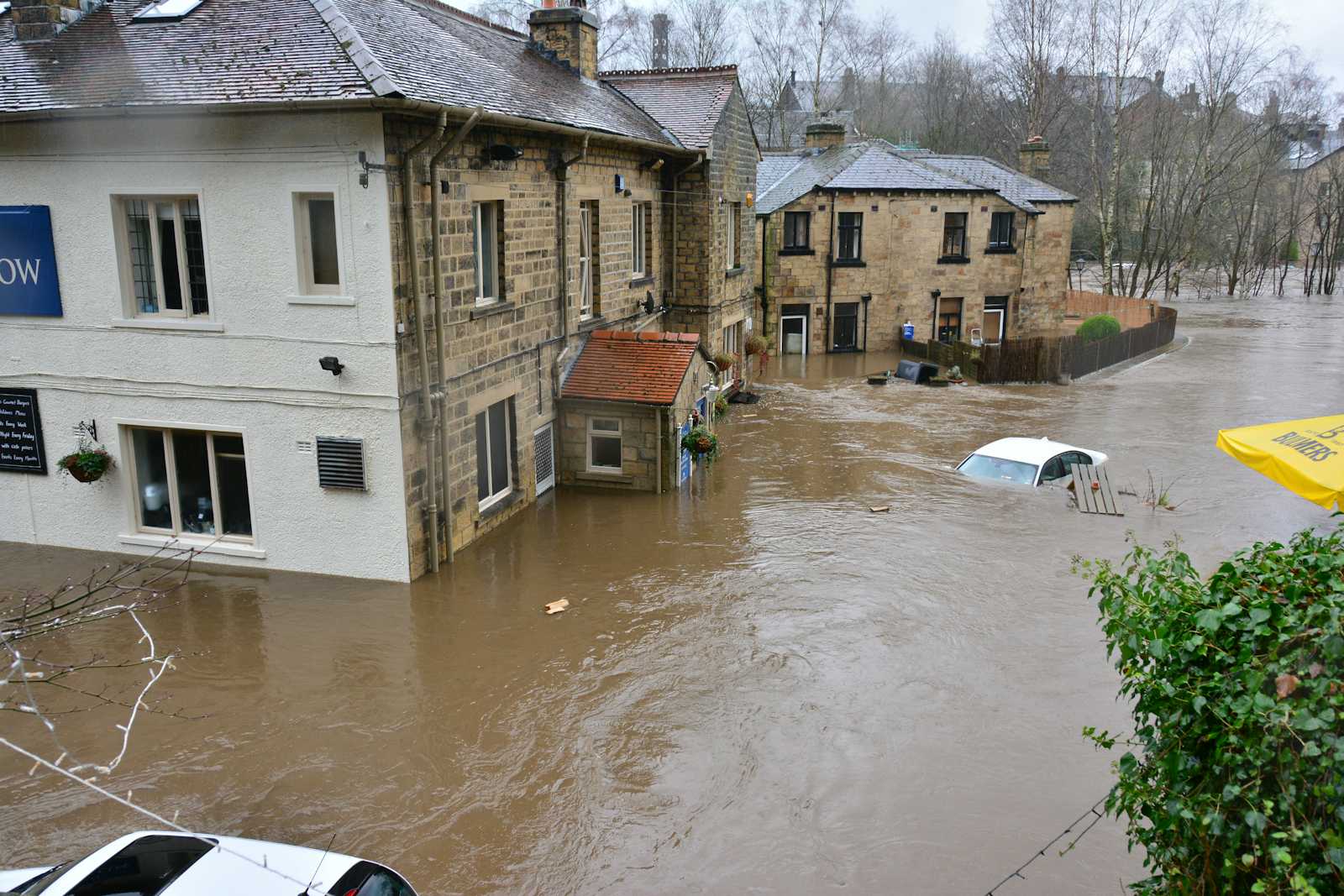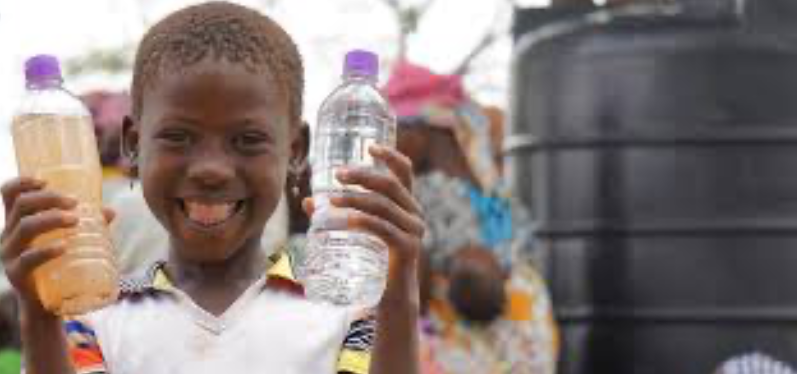Clean Water for All: Leveraging STEM for Safe and Sustainable Water Solutions
 Solace Global
Solace Global
Clean Water for All: Leveraging STEM for Safe and Sustainable Water Solutions
The worrying lack of water is a global challenge unto itself. This statement alone sums up how more than two billion people are living with poor water accessibility, resulting in era-defining health emergencies, economic collapses, and environmental disasters. Even with substantial progress in technology, millions continue to suffer without having unhindered access to clean water and safe hygiene. This is exactly why STEM inspired solutions should be introduced. This would result in more served communities and better global health results.
Global Challenge: The Water Crisis
The lack of access to clean water causes extreme challenges not only within a country but across the globe, with the most daunting being the following:
Sanitation Challenges: Having no proper sanitation adds to this problem as people suffer from the health consequences of pollution, ultimately leading to poverty.
Waterborne Diseases: Contaminated drinking water triggered diseases such as cholera and dysentery, which especially targets children while resulting in high mortality rates.
Economic Burdens: Women and Children from low polish areas remain economically forced to spend most of their day fetching water instead of paying attention to their education or finances.
Environmental Degradation: Overuse coupled with pollution from vandalism and climate change decimates fresh water resources. Ultimately leading to drought-like conditions and low water quality.
Combatting the Water Crisis using STEM
Some of the best and advanced innovations within scientific boundaries stem from the core problem; water shortage and pollution. A global shortage of water should never result in global panic, and such dire challenges rise the need for advanced technologies.
Filtration Systems: Affordable, portable water purification devices remove harmful bacteria, viruses, and contaminants, making water safe to drink.
Desalination Innovations: New energy-efficient desalination techniques convert seawater into fresh water, providing a viable solution for coastal regions.
Smart Water Management: AI-powered monitoring systems track water usage, detect leaks, and optimize distribution to prevent waste.
Water Recycling Technologies: Advanced filtration and purification processes allow wastewater to be treated and reused for agriculture, industry, and even drinking water.
Rainwater Harvesting: Engineering advancements have improved water collection and storage methods, ensuring sustainable access to clean water in drought-prone areas.

How You Can Help
Every contribution makes an impact in providing clean water access to those in need:
$25: Provides a family with a portable water filter, offering immediate access to safe drinking water.
$150: Installs a community handwashing station, reducing disease transmission and promoting hygiene.
$5,000: Funds a solar-powered water purification system for an entire village, ensuring sustainable and long-term access to clean water.
$20,000: Supports research and development of next-generation water purification and conservation technologies, driving long-term solutions to the crisis.
Conclusion
Clean water is a fundamental human necessity, yet billions still face water insecurity. Through STEM innovations such as filtration systems, desalination, smart resource management, and recycling technologies, we can create sustainable solutions to this crisis. Investing in water accessibility today will lead to healthier communities, economic growth, and a more sustainable future for generations to come.
Subscribe to my newsletter
Read articles from Solace Global directly inside your inbox. Subscribe to the newsletter, and don't miss out.
Written by
